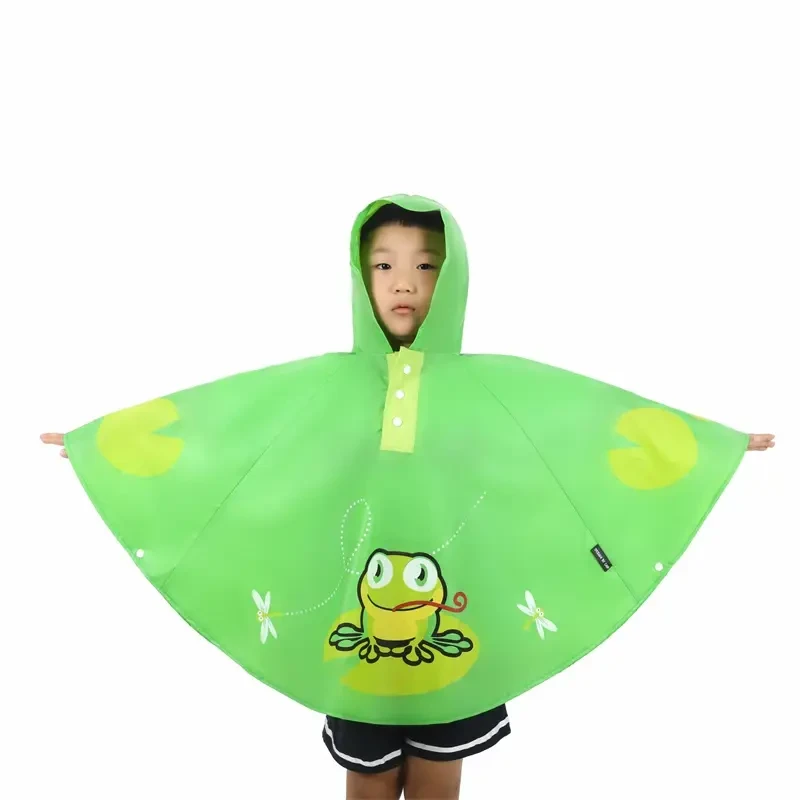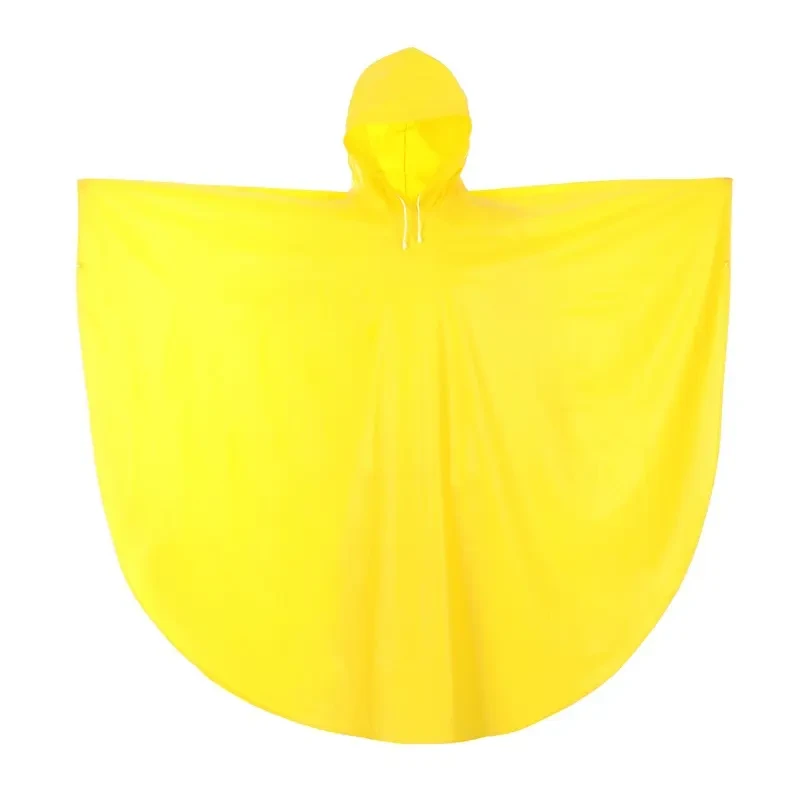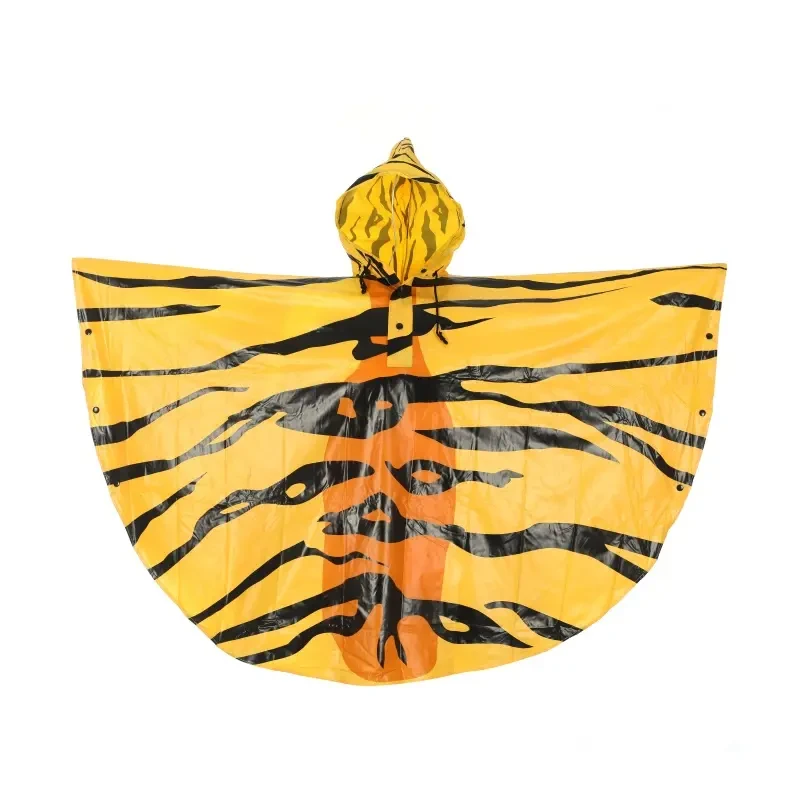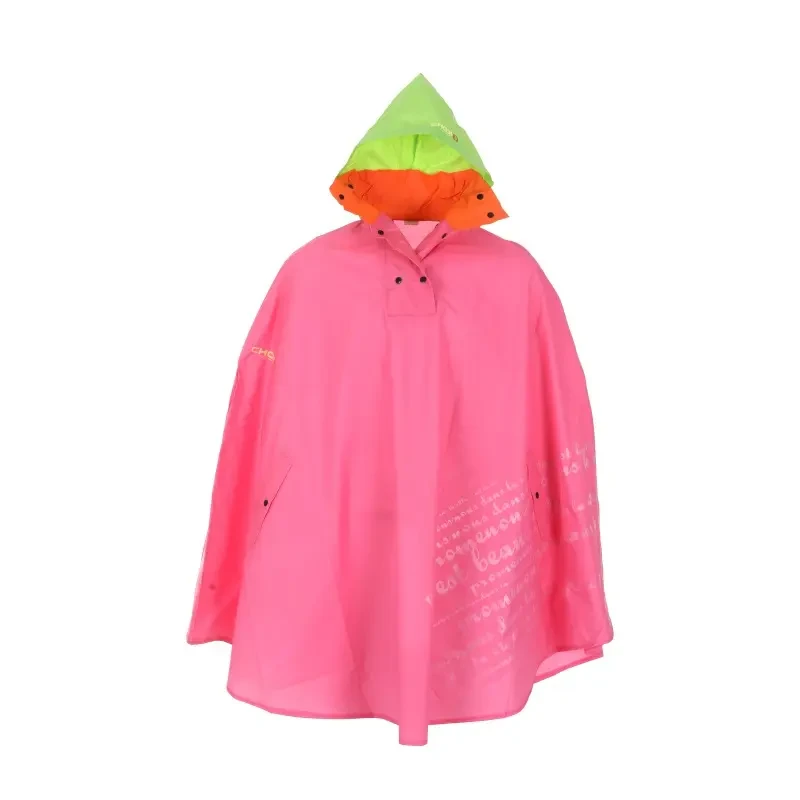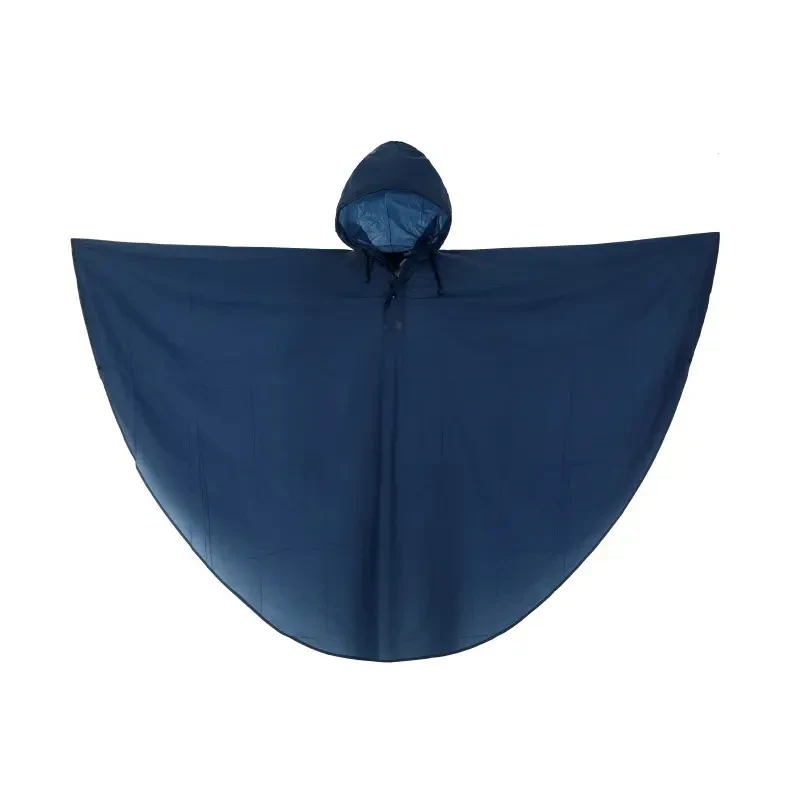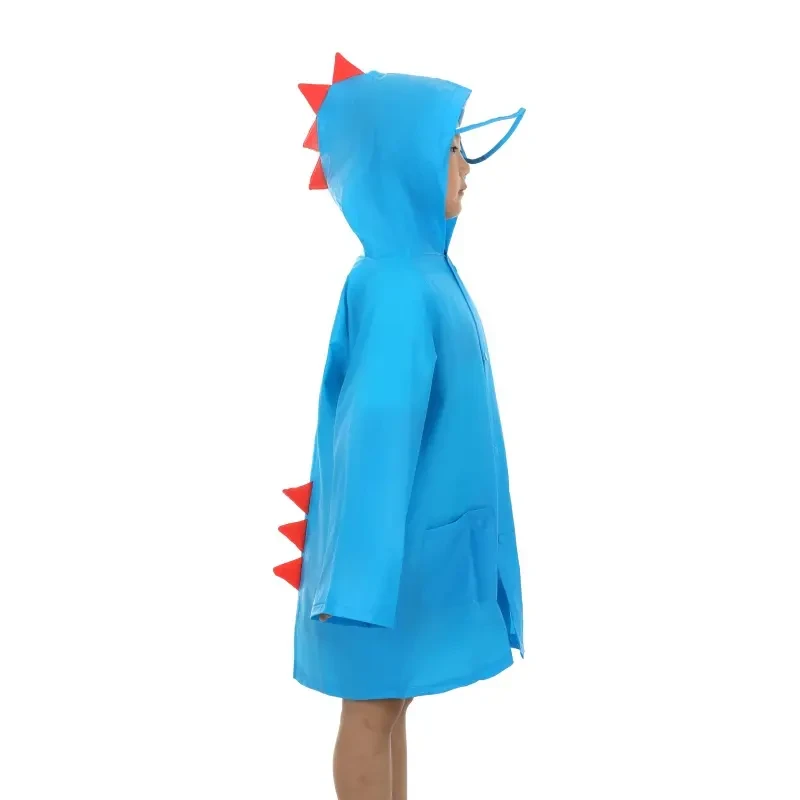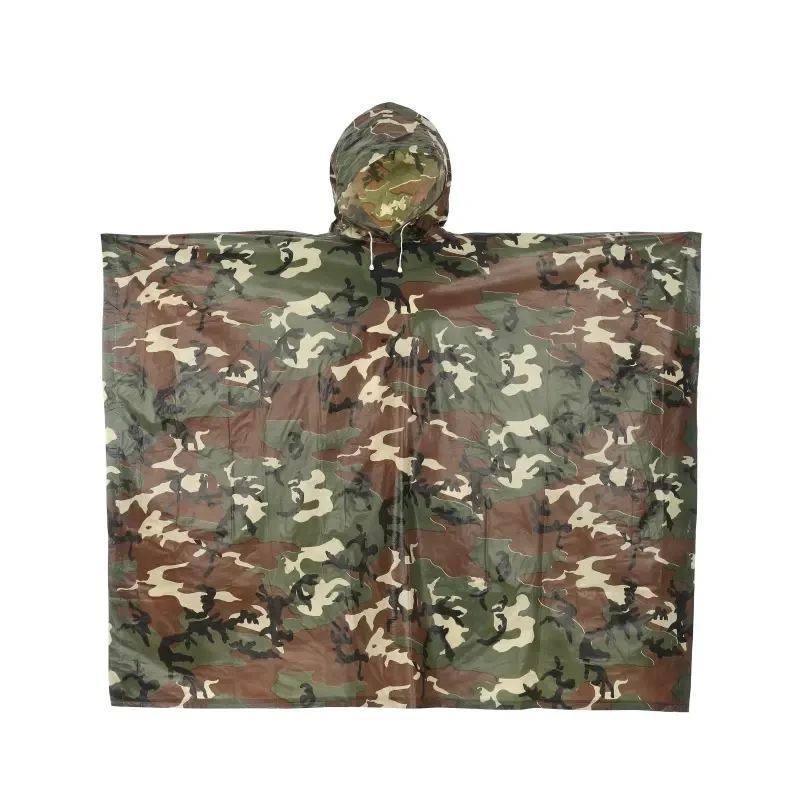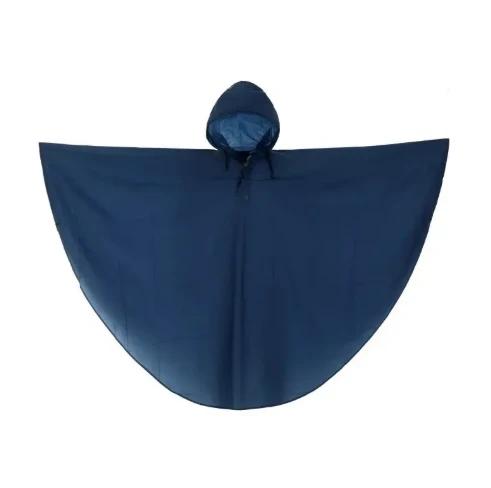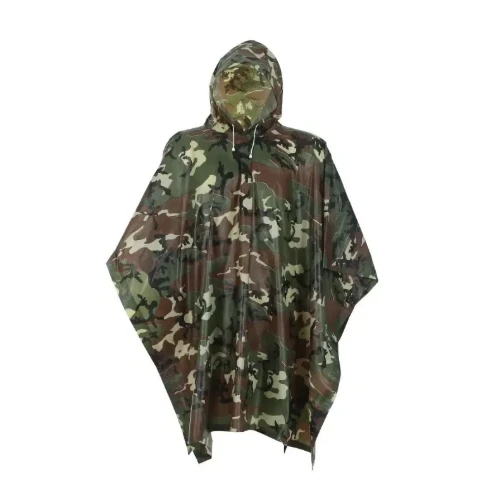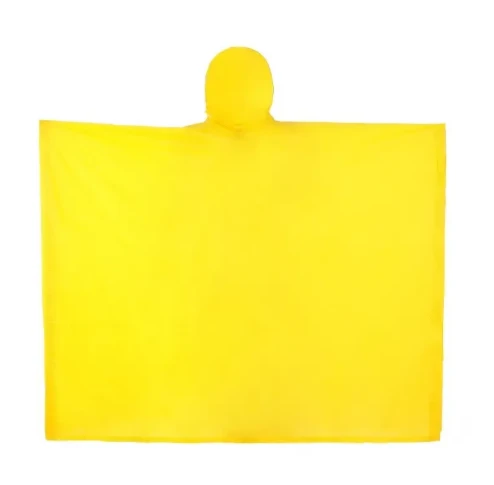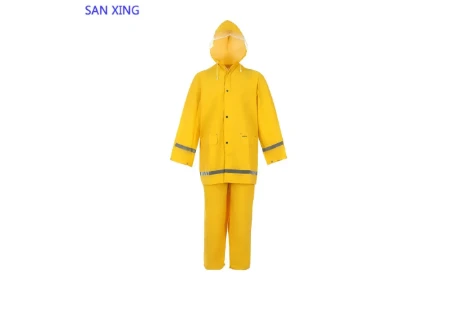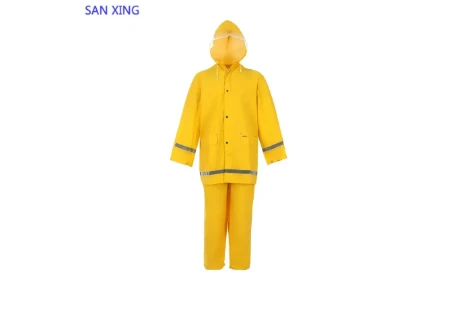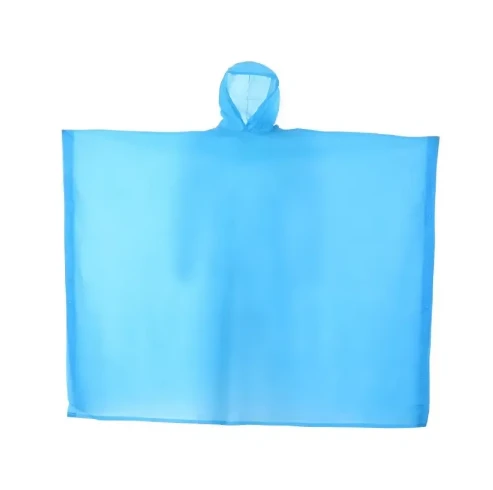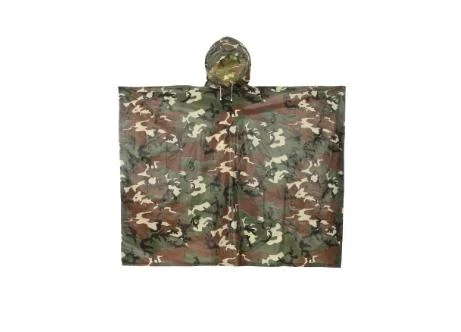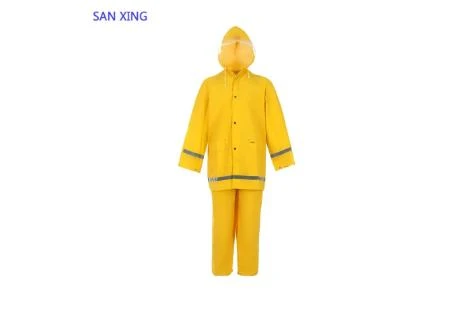
- Afrikaans
- Albanian
- Amharic
- Arabic
- Armenian
- Azerbaijani
- Basque
- Belarusian
- Bengali
- Bosnian
- Bulgarian
- Catalan
- Cebuano
- Corsican
- Croatian
- Czech
- Danish
- Dutch
- English
- Esperanto
- Estonian
- Finnish
- French
- Frisian
- Galician
- Georgian
- German
- Greek
- Gujarati
- Haitian Creole
- hausa
- hawaiian
- Hebrew
- Hindi
- Miao
- Hungarian
- Icelandic
- igbo
- Indonesian
- irish
- Italian
- Japanese
- Javanese
- Kannada
- kazakh
- Khmer
- Rwandese
- Korean
- Kurdish
- Kyrgyz
- Lao
- Latin
- Latvian
- Lithuanian
- Luxembourgish
- Macedonian
- Malgashi
- Malay
- Malayalam
- Maltese
- Maori
- Marathi
- Mongolian
- Myanmar
- Nepali
- Norwegian
- Norwegian
- Occitan
- Pashto
- Persian
- Polish
- Portuguese
- Punjabi
- Romanian
- Russian
- Samoan
- Scottish Gaelic
- Serbian
- Sesotho
- Shona
- Sindhi
- Sinhala
- Slovak
- Slovenian
- Somali
- Spanish
- Sundanese
- Swahili
- Swedish
- Tagalog
- Tajik
- Tamil
- Tatar
- Telugu
- Thai
- Turkish
- Turkmen
- Ukrainian
- Urdu
- Uighur
- Uzbek
- Vietnamese
- Welsh
- Bantu
- Yiddish
- Yoruba
6월 . 08, 2025 23:08
- Introduction: Embracing Dryness in Downpours
- The Data Downpour: Why Waterproof Matters
- Engineering the Elements: Technical Breakthroughs
- Brand Showdown: Leading Labels Compared
- The Perfect Fit: Customization Options
- Real-World Rain Warriors: Case Studies
- Conclusion: Shelter Meets Style
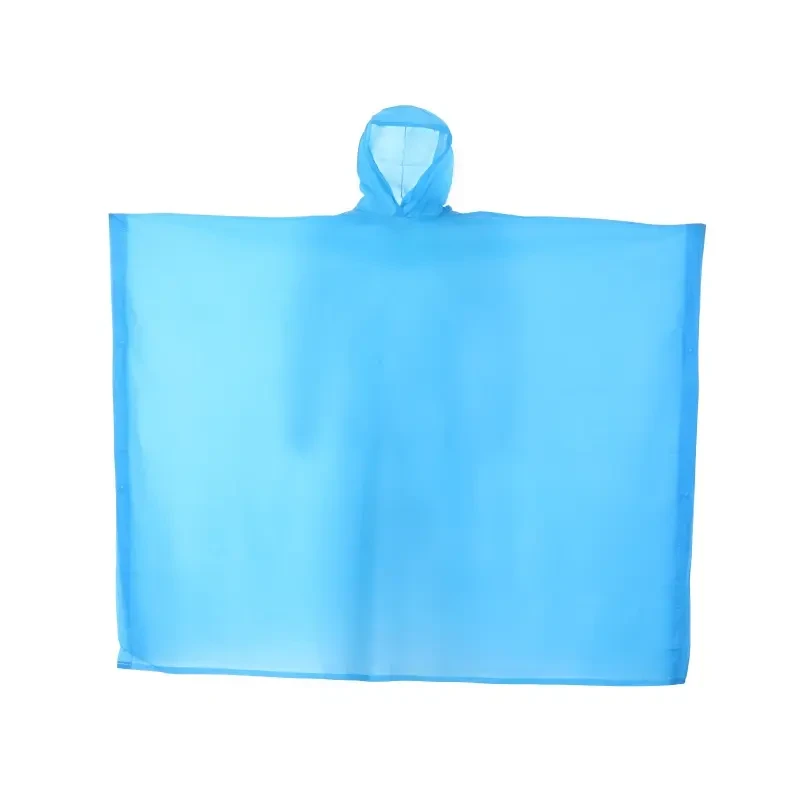
(waterproof mens rain coat with hood)
Stay Dry in Style: The Ultimate Guide to Waterproof Men's Rain Coats with Hoods
The sudden cloudburst catches countless commuters unprepared. Yet you walk assured, shielded by engineered layers that transform torrential downpours into mere background noise. Modern waterproof men's rain coats with hoods represent more than mere weather protection—they're triumphs of textile science meeting practical design. Unlike the clammy plastic ponchos of decades past, contemporary waterproof trench coats and full-length designs maintain breathability while creating impenetrable barriers. Industry data reveals a 37% surge in technical outerwear sales since 2020, with 68% of urban professionals prioritizing storm-ready apparel that transitions seamlessly from transit trails to business meetings. With manufacturers deploying space-age polymers and climate-specific tailoring, today's premium rainwear operates less like conventional clothing and more like personalized weather armor.
The Data Downpour: Why Waterproof Matters
Urban precipitation patterns are shifting dramatically, with meteorologists documenting 42% more high-intensity rainfall events in metropolitan areas since 2015. When Environment Canada tested 37 "water-resistant" budget jackets, 89% began leaking at shoulder seams after just 15 minutes of simulated heavy rain (25mm/hr). Genuine waterproofing matters—measured in hydrostatic head pressure. Garments rated below 5,000mm succumb to prolonged drizzle, while true storm armor requires 20,000mm+ ratings. UK hiking safety reports reveal that inappropriate outerwear contributes to 23% of cold-weather hypothermia incidents. The solution? Triple-sealed seams combined with performance membranes like Gore-Tex Pro (28,000mm rating) or Polartec NeoShell (10,000mm with exceptional breathability). Beyond dryness, durability matters: premium jackets withstand 15,000+ abrasion cycles in Martindale tests compared to fast-fashion alternatives failing before 2,000 cycles.
Engineering the Elements: Technical Breakthroughs
Waterproof membrane technology has undergone radical advancements in permeability and eco-consciousness. Patented systems function at multiple defensive levels: ultra-dense outer fabrics (often 70D-150D nylon) with Durable Water Repellent (DWR) coatings cause water to bead and roll off. Beneath, microporous membranes feature over 9 billion pores per square inch—each 20,000 times smaller than water droplets but 700 times larger than vapor molecules. This creates the "hydrostatic paradox": impossible for liquid to penetrate, effortless for sweat to escape. Innovations like Columbia's Omni-Heat™ thermal reflective technology and Helly Hansen's Lifa™ Infinity Pro lining boost warmth retention by up to 41% without adding bulk. Strategic articulation in shoulders and elbows mirrors natural biomechanics, while laser-cut ventilation ports prevent overheating during active commutes.
Brand Showdown: Leading Labels Compared
| Brand | Price Range | Waterproof Rating (mm) | Breathability (RET) | Weight (g/m²) | Special Features |
|---|---|---|---|---|---|
| Arc'teryx Beta AR | $400 - $550 | 28,000 (Gore-Tex Pro) | 5.5 | 75 | StormHood™, pit zips, RECCO reflector |
| Marmot PreCip Eco | $100 - $150 | 20,000 (Nanopro) | 8 | 85 | Recycled construction, packable hood |
| Rains Long Jacket | $110 - $130 | 30,000 (polyurethane) | 15 | 220 | Full-length coverage, minimal seams |
| Burberry Heritage | $1,850+ | 15,000 (Gabardine) | 9 | 300 | Hand-finished cotton, iconic plaid lining |
Analysis reveals Arc'teryx's technical dominance through Gore-Tex Pro technology achieving elite waterproof-breathable balance (RET 5.5 = exceptional vapor transmission). Urban commuters favor Rains' sculptural full-length designs offering unparalleled splash protection from buses and puddles. Sustainability leaders like Patagonia Torrentshell use 100% recycled nylon with PFC-free Deluge DWR, while Marmot's budget-friendly Nanopro membrane offers surprising 20,000mm protection at just 1/3 the premium price point. For trench coat traditionalists, Burberry maintains heritage waterproofing through densely woven 120-thread gabardine rather than synthetics.
The Perfect Fit: Customization Options
Off-the-rack rainwear often compromises protection through poor tailoring—sleeves retract when reaching overhead, hoods obstruct peripheral vision, and waists billow in wind gusts. Advanced manufacturers now offer customization programs targeting specific user profiles. The corporate commuter might select knee-length cuts with concealed laptop sleeves (Stormtech Executive Line), while outdoor professionals opt for reinforced shoulder panels accommodating backpack straps (Fjällräven Eco-Shell High). Copenhagen-based Rains tailors garment lengths precisely to individual heights (+/-1cm accuracy), eliminating the "floating torso" effect of standard sizes. Detachable storm skirts create seals against wind-driven rain for cyclists, with magnetic closures outperforming traditional snaps in gloved-hand testing by 47%. Innovative hood systems remain paramount: Mountain Hardwear's AdjustoHood features 6-point micro-adjustments enabling compatibility with both bare heads and climbing helmets without compromising visibility.
Real-World Rain Warriors: Case Studies
Seattle bicycle courier Marcus Reynolds credits his custom Outdry Ex Featherweight with dropping delivery cancellations during rainstorms: "Rides went from miserable slogs to normal shifts—staying completely dry for 10-hour shifts in consistent 40mm rainfall." Thermal imaging comparisons reveal how traditional jackets develop wet patches at pressure points (backpack straps, hood brims) while advanced bonded-seam jackets maintain uniform dryness. In Scotland's West Highland Way trials, Gore-Tex Pro jackets showed just 5% interior humidity accumulation after 8 hours versus 28% for budget PU-coated alternatives. Vancouver architect Daniel Chen specifically requested extended tail coverage in his bespoke trench coat design: "Clients meet rain or shine—this 95cm back panel prevents embarrassing water streaks across suits during walkthroughs." Similarly, fishermen in Newfoundland praise storm-ready hoods featuring peripheral vision windows and laminated brims that deflect spray while maintaining critical visibility of equipment.
Final Thoughts: Investing in a Quality Waterproof Men's Coat
Superior waterproof men's rain coats transcend seasonal purchases to become decade-long companions against unpredictable elements. While premium options demand greater initial investment, cost-per-wear calculations demonstrate undeniable value—Patagonia's lifetime repair policy effectively creates perpetually renewed outerwear, while Arc'teryx maintains 85% of its original retail value after five years of regular use. The modern waterproof trench coat with hood performs a remarkable balancing act: creating impermeable barriers against horizontal rain while facilitating moisture escape during active commutes. When selecting your shield against storms, prioritize seam-taped construction, responsibly sourced membranes with at least 20,000mm hydrostatic resistance, and articulated patterning that mirrors natural movement. Remember that true dryness isn't achieved through plastic thickness but through precisely engineered microscopic architecture—transforming urban landscapes from weather battlegrounds into territories of confident exploration.
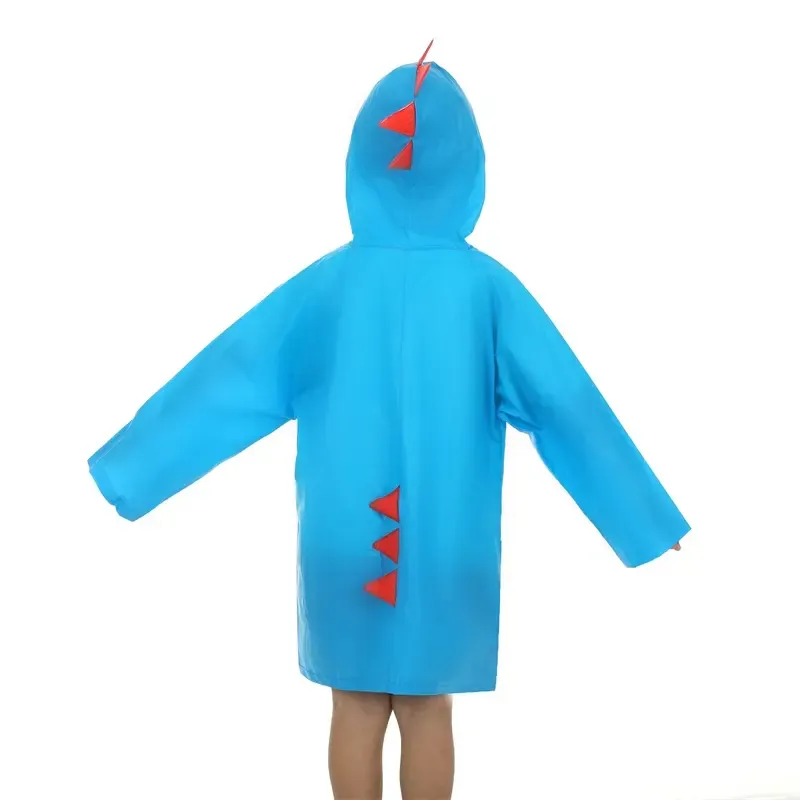
(waterproof mens rain coat with hood)
FAQS on waterproof mens rain coat with hood
Q: How waterproof is the men's rain coat with hood?
A: Our waterproof men's rain coats utilize seam-sealed construction and specialized coatings like DWR (Durable Water Repellent) fabric technology. This ensures complete protection even during heavy downpours, keeping you perfectly dry in all storm conditions.
Q: Does the men's waterproof trench coat feature adjustable elements?
A: Yes, the trench coat includes an adjustable storm flap hood with drawstrings and belted waist customization. These features let you secure coverage against wind-driven rain while maintaining tailored comfort throughout wear.
Q: What climates suit a men's full length waterproof coat?
A: Designed for extreme weather protection, the full-length coat excels in cold torrential rains, snowy conditions, and coastal storms. Extended coverage combined with thermal-lining options provides optimal defense against harsh outdoor elements year-round.
Q: Can I layer clothing under these rain coats?
A: Absolutely. Each style – whether standard length, trench or full-length – is cut with strategic room for mid-layers like sweaters or light jackets. Gusseted armpits and tapered fits ensure unrestricted movement when layering in cold temperatures.
Q: How should I maintain my waterproof hooded coat?
A: Machine wash cold with technical fabric detergents, then tumble dry low to reactivate water-repellency coatings. Avoid bleach and fabric softeners, and periodically retreat with DWR spray to preserve waterproof integrity after prolonged use.
Related Products
Related News



